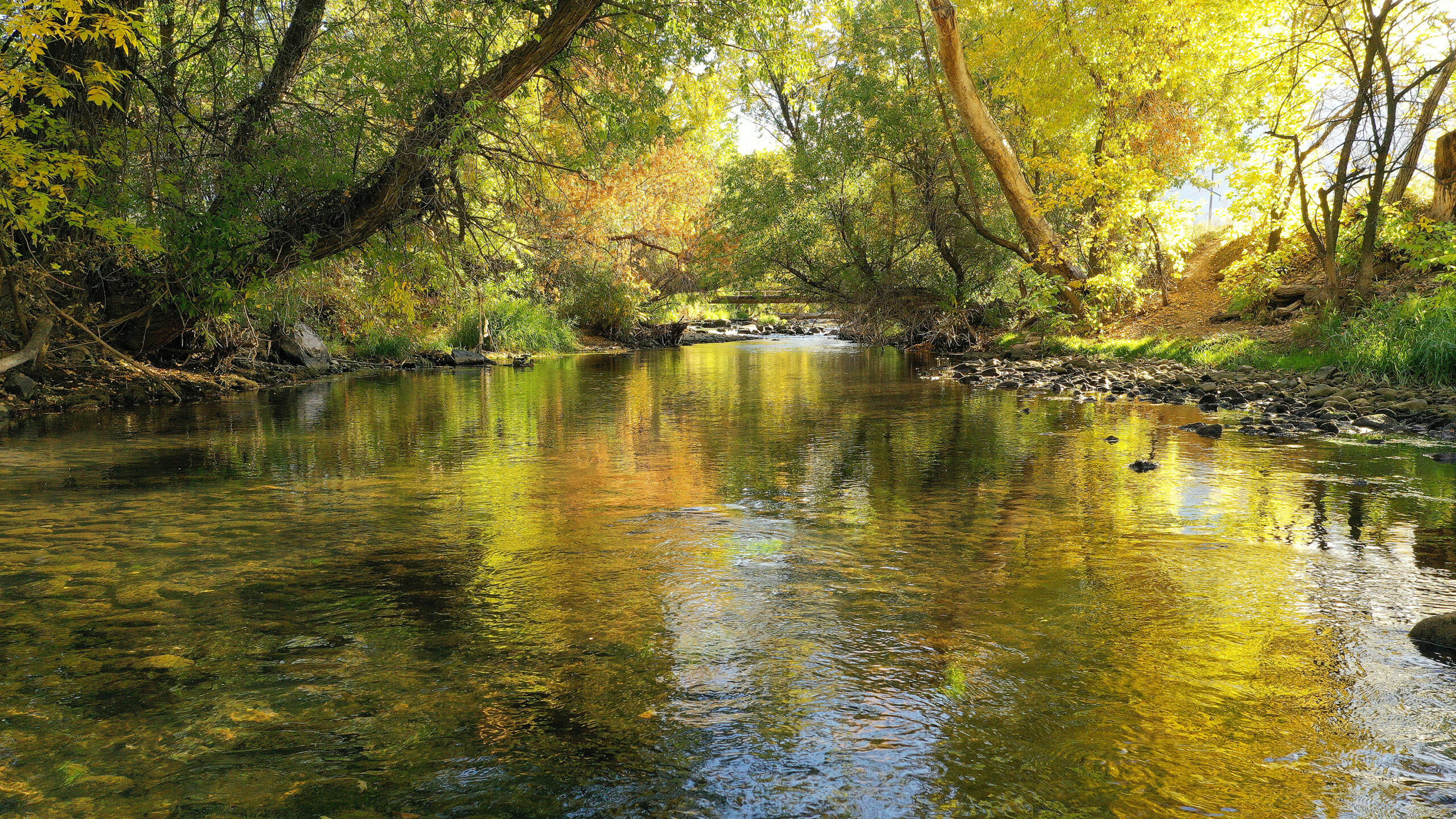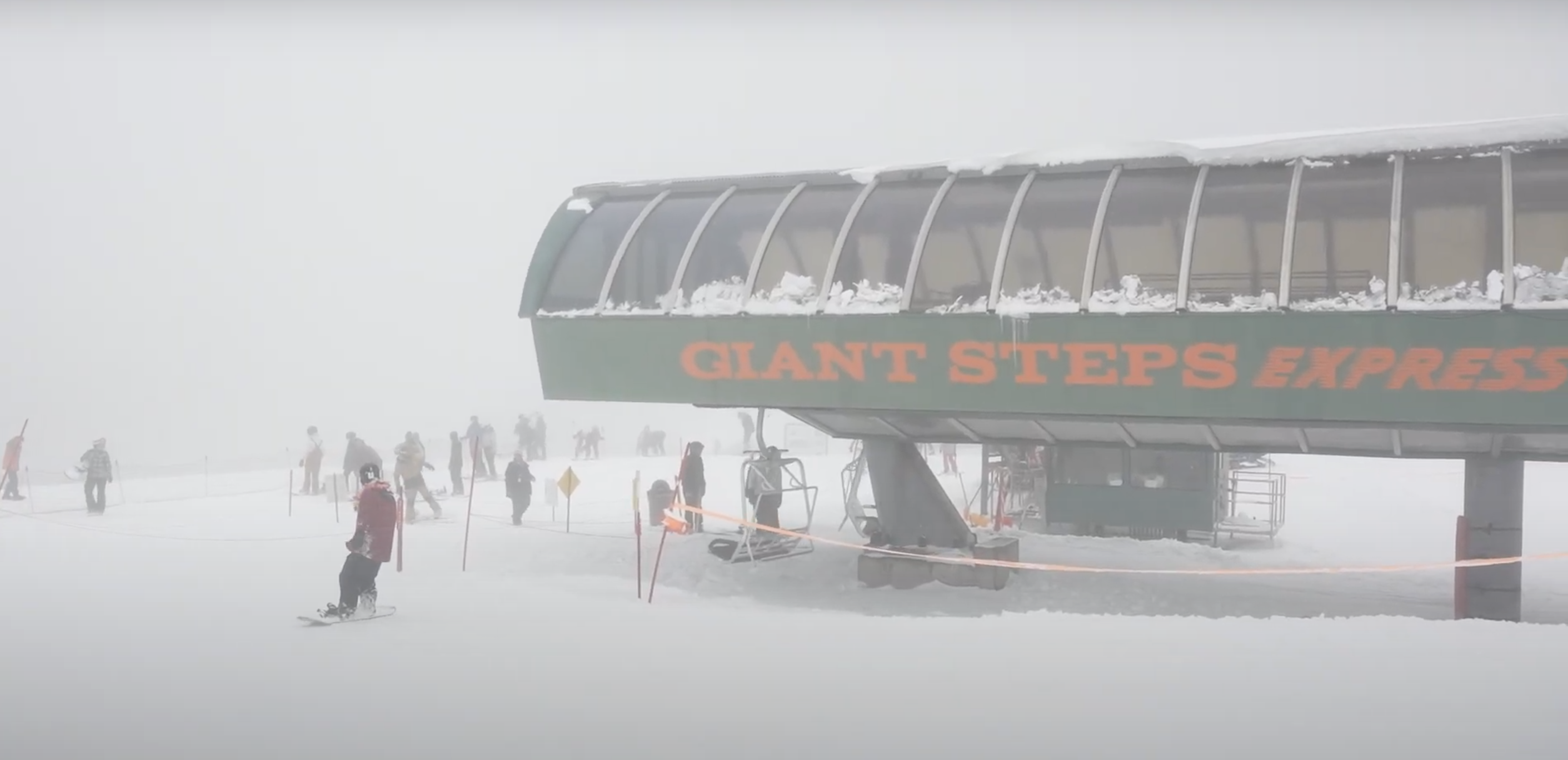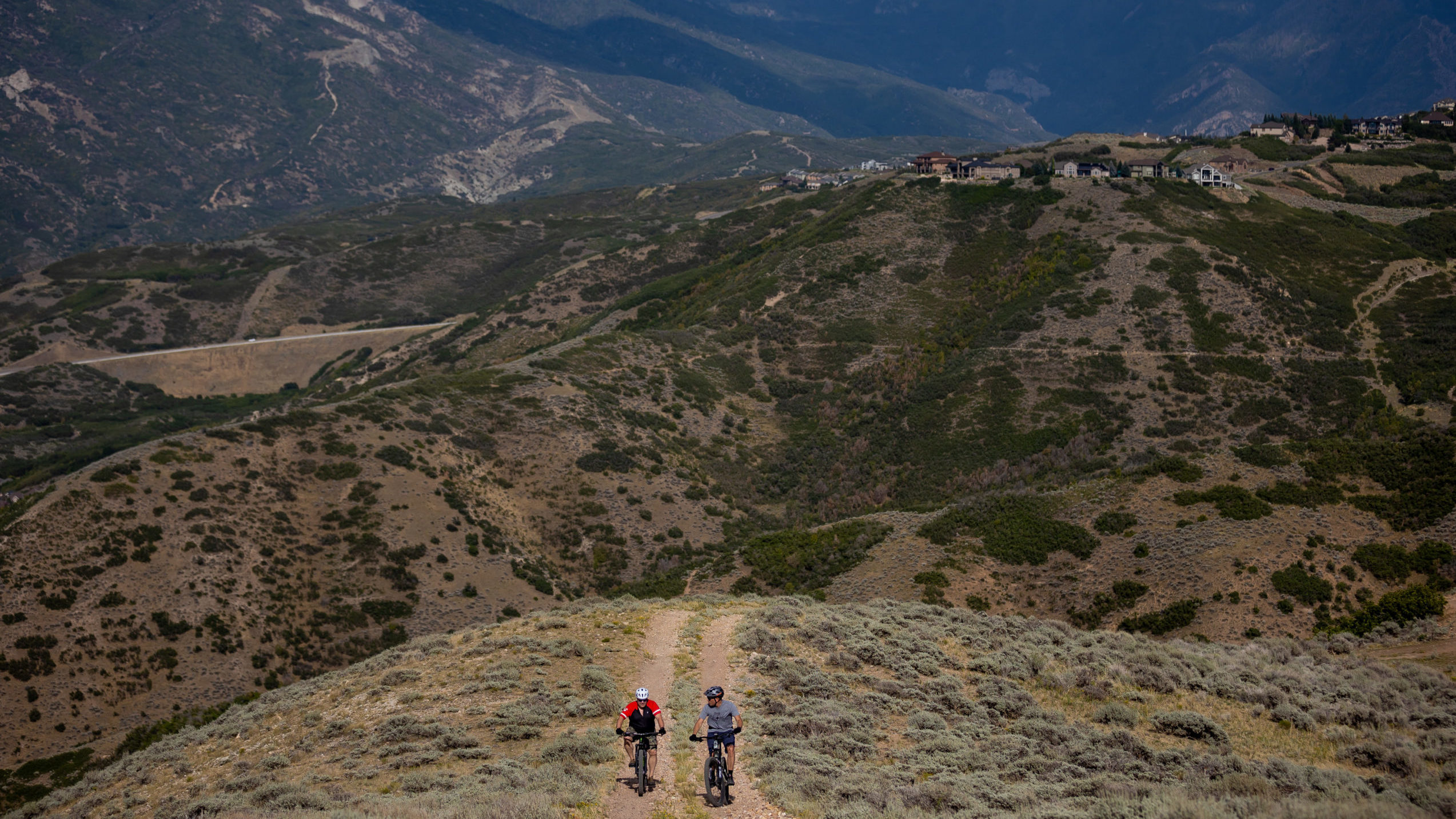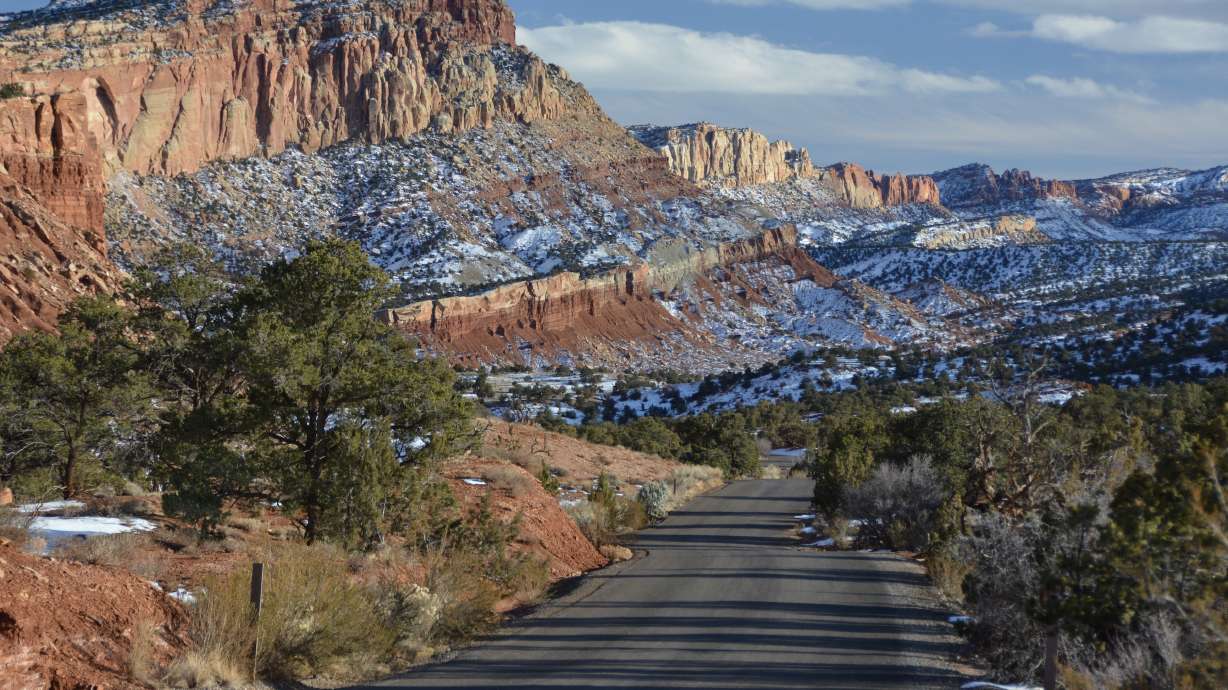Remaining safe while recreating near rattlesnakes
Apr 10, 2024, 3:00 PM
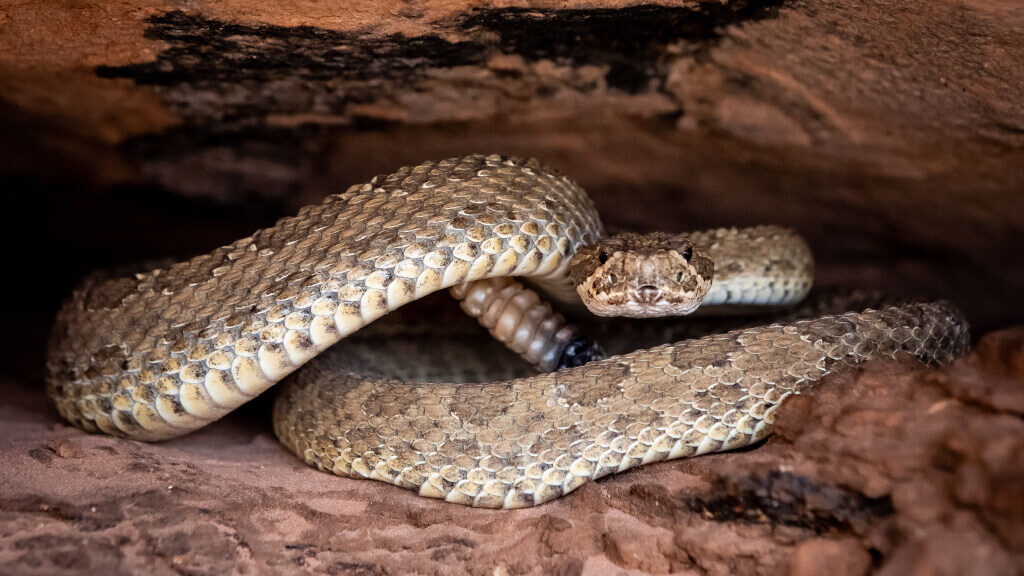
A rattlesnake coils up in a rock crevice in San Juan County on Monday, April 26, 2021. (Spenser Heaps/Deseret News)
(Spenser Heaps/Deseret News)
SALT LAKE CITY – As temperatures begin to warm, rattlesnakes emerge from their dens. People are also heading outside for activities such as hiking and climbing, increasing the chances of encounters.
Five rattlesnake species live in Utah. The most common is the Great Basin rattlesnake, according to the Utah Division of Wildlife Resources. Characterized by their brownish, blotchy earth-toned bodies, thick and sturdy bodies, and rattle-tipped tails, the venomous snakes are most active during late spring and early summer.
While sightings are most common at dawn and dusk, the characteristic rattle can be heard at any time during the day.
The DWR said that they are most common on dry, rocky benches and slopes, however, they can also be sighted in wide open areas.
How can I remain safe if I see rattlesnakes?
As the likelihood of rattlesnake encounters increases, the DWR said there are a few things people can do to avoid injury.
Firstly, if you see a rattlesnake, do not harass or kill it. Doing so is illegal, as rattlesnakes are protected under Utah law. Remain far away from the snake, especially if it is acting aggressively.
Rattlesnakes will not strike unless they feel threatened. Like many animals, they are scared of humans and do their best to avoid us.
Secondly, remain at least 10 feet away from rattlesnakes. Keep children and pets away. Per the DWR, keeping a good distance from the animal will prevent it from feeling threatened. It will also reduce the likelihood of receiving a venomous bite.
The DWR website said that dogs can be trained to avoid rattlesnakes.
Thirdly, the DWR said that it is not uncommon for a rattlesnake to move toward someone as it leaves. Remain calm and do not throw anything at the snake.
Rattlesnakes do not chase humans.
Always keep your eyes on the trail ahead of you. Check your surroundings before you reach onto a ledge, sit, or step over a rock. Visually verify that there are no snakes before reaching or stepping into dense brush.
If you hear the characteristic rattle produced by the snakes, attempt to locate the source of the sound before you move any closer. Should a rattlesnake be on the trail you are hiking, step off the trail and go around it.
Alert others in the area to the location of the rattlesnake. Tell them to stay away from it.
Finally, the DWR said that rattlesnakes should be reported if they are repeatedly seen in an area. Additionally, sightings should be reported if a rattlesnake is in a public park, play area, or in your yard.
In the event of a rattlesnake bite…
If you are bitten, the DWR called the situation a “serious medical emergency.” Victims must be transported to the hospital immediately. With proper medical treatment, bites are rarely deadly.
Do not try to suck the venom out of the wound. According to the DWR, attempting to do so could introduce bacteria from your mouth into the wound, increasing the chances of infection.
Additionally, the National Park Service said that in the event you are bitten, you should not consume alcohol or caffeine. Both liquids act as stimulants, increasing your heart rate and the rate at which the venom can circulate through your body.
Finally, the DWR recommended that those who regularly travel outside of cellular service consider purchasing a satellite phone.
Related: Rattlesnakes are appearing on Utah trails, around homes later than normal

